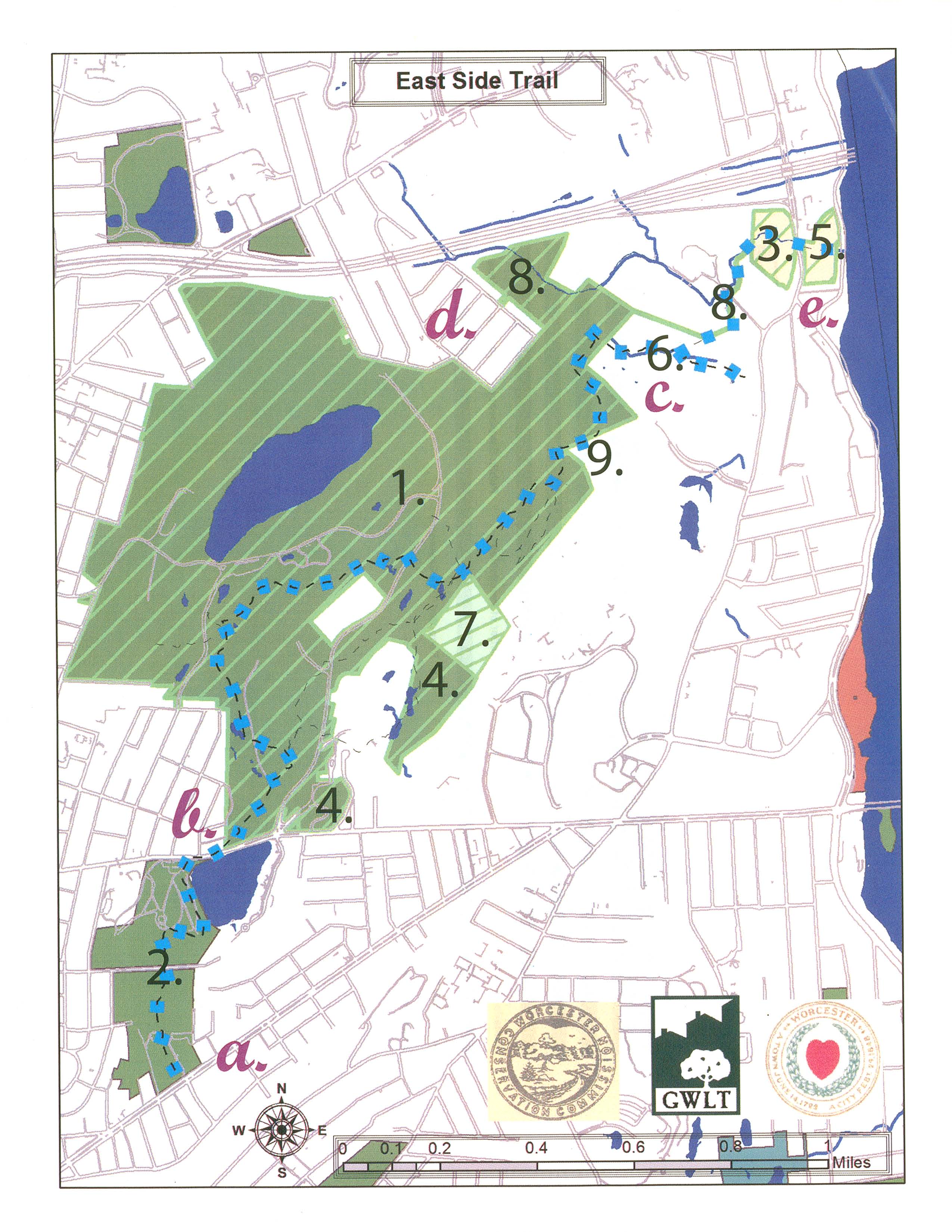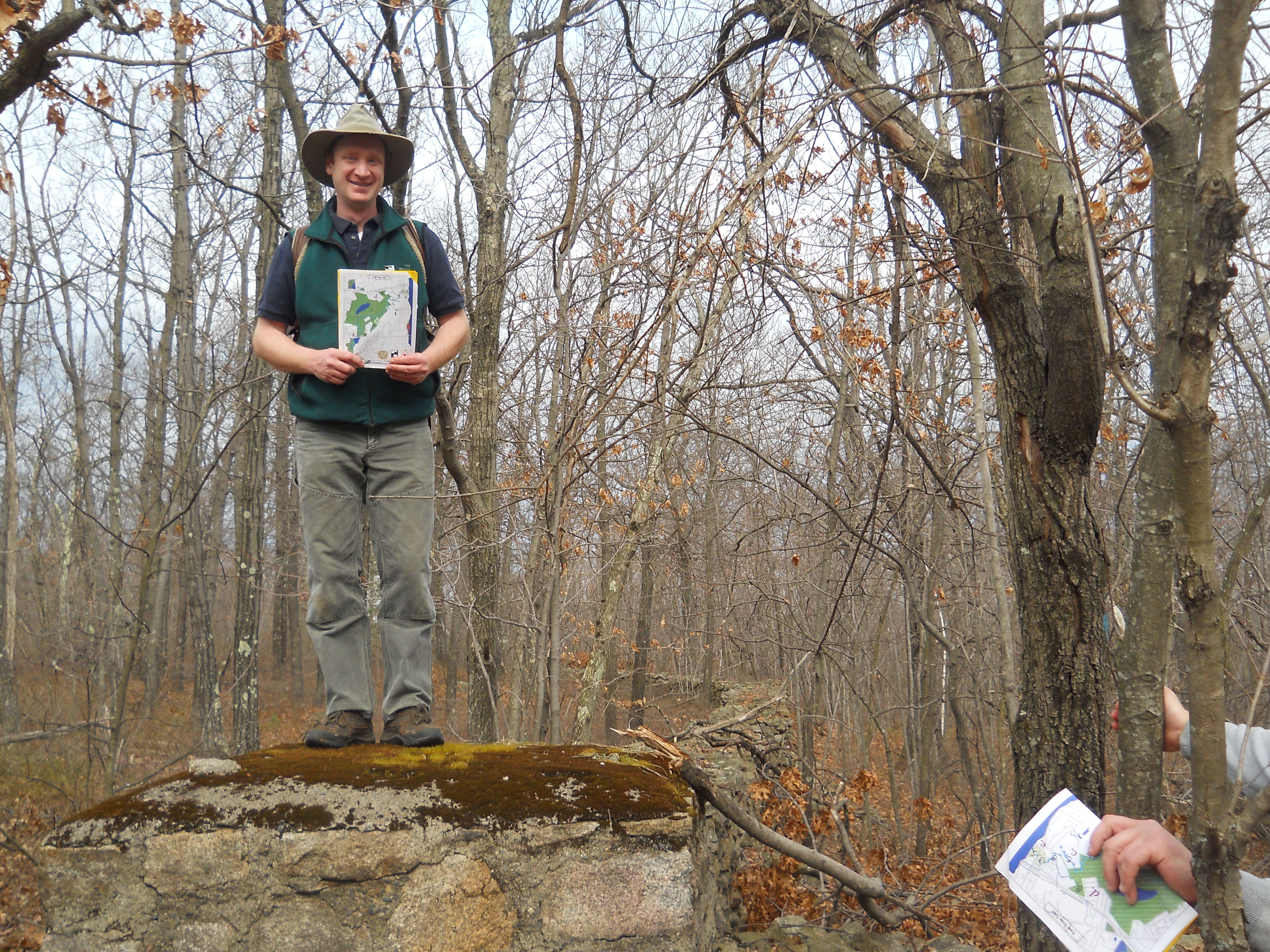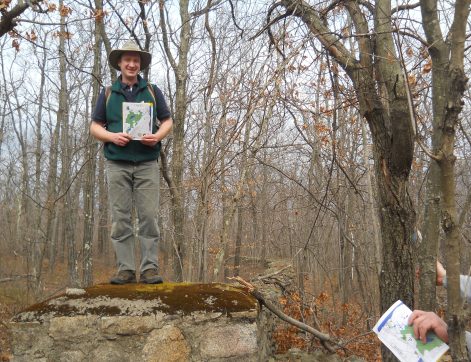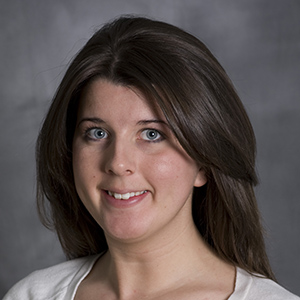This past Saturday, I had the pleasure of attending the 22nd Massachusetts Land Conservation Conference, presented by the Trustees of Reservations at Worcester Technical High School. It was an informative and inspiring day featuring speakers, workshops and exhibits focused around this year’s theme of “Working Lands: Farms, Forests and Conservation.” The event was well attended, with over 500 participants from Land Trusts, Conservation Commissions, state agencies, and consulting firms present.
The day began with a presentation from Gary Hirshberg, co-founder and chairman of Stonyfield Farms, the world’s largest producer of organic yogurt. This New Hampshire-based business supports hundreds of local family farms, and all of their ingredients are free of pesticides and other chemicals known to contaminate soil, water, air and food. As an entrepreneur and an advocate, Gary has become an influential figure in sustainable economic development and healthy living. To learn more about Gary and Stonyfield Farms, click here.
Several workshops were offered on a variety of topics throughout the day. “Conservation Restrictions Granted in Connection with Conservation Developments” focused on how responsible planning and improvements to municipal by-laws can result in more sustainable land use in residential subdivisions. The workshop emphasized how a conservation analysis is recommended prior to designing the lot layout of a subdivision. Important natural features should be identified and connectivity with surrounding natural lands should be preserved. Towns throughout Massachusetts have been updating their bylaws to require more informed preliminary planning in subdivision design and better management of the land preserved in conservation restrictions.
“Managing Trail Conflicts using the 3E’s: Education, Engineering, and Enforcement” was a discussion on the conflicts and hazards that land managers may encounter on their trails, and how these issues can be avoided and mitigated using the “3 E’s.” Examples included designing trails with climbing turns or “pinches” between large trees to discourage speed; designating “alternate trails” for specific uses in order to reduce conflicts between cyclists, runners and equestrians; and encouraging citizen volunteers to educate potential violators in a friendly manner, reducing the necessity for enforcement.
I concluded the day with a field trip session, “Linking Neighborhoods with Trails and Greenspaces” led by the Greater Worcester Land Trust. We hiked a portion of the newly completed East Side Trail, a network that links several sections of Worcester over the course of over three miles. While the trail is situated on what appears to be a seamless wooded corridor, is actually a patchwork of different parcels and trail easements that were acquired over the course of 14 years. It was an eye-opening experience to be led through the long, challenging, but rewarding journey to create a continuous greenbelt in an urban community.

Parcels and easements making up the East Side Trail, numbered in order of acquisition.

Colin Novick of the Greater Worcester Land Trust discusses how the East Side Trail links communities while preserving important natural and cultural resources.



